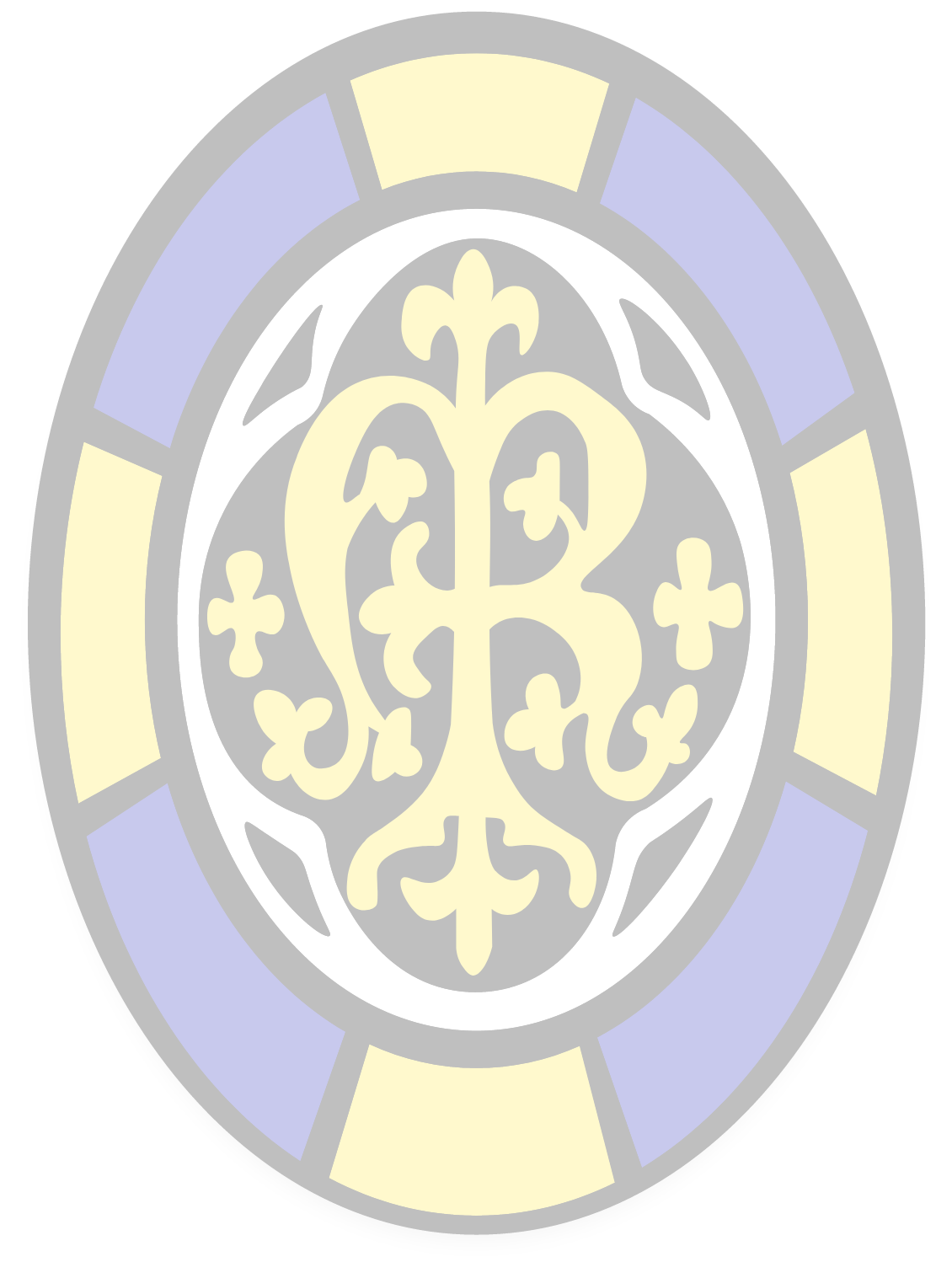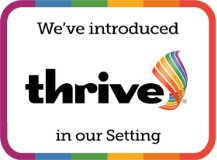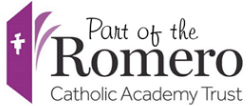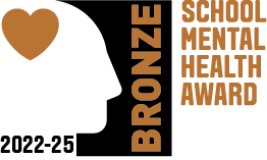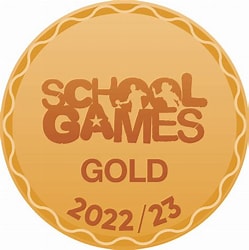
Design & Technology
Subject Leader: L. Whittaker
Intent
At St Mary’s RC Primary School, we value Design and Technology. It is an inspiring, rigorous and practical subject, which encourages children to learn to think and intervene creatively to solve problems. We encourage children to use their creativity and imagination, to design and make products that solve real and relevant problems within a variety of contexts. We aim to, wherever possible, link work to other disciplines such as mathematics, science, engineering, computing and art. The children are also given opportunities to reflect upon and evaluate past and present design technology, its uses and its effectiveness and are encouraged to become innovators and risk-takers.
DT curriculum aims:
Design:
• use research and develop design criteria to inform the design of innovative, functional, appealing products that are fit for purpose, aimed at particular individuals or groups.
• generate, develop, model and communicate their ideas through discussion, annotated sketches, cross-sectional diagrams, prototypes, pattern pieces and computer-aided design.
Make:
• select from and use a wider range of tools and equipment to perform practical tasks (for example, cutting, shaping, joining and finishing, as well as chopping and slicing) accurately.
• select from and use a wider range of materials, ingredients and components, including construction materials, textiles and ingredients, according to their functional properties, aesthetic qualities and, where appropriate, taste.
Evaluate:
• investigate and analyse a range of existing products.
• evaluate their ideas and products against their own design criteria and consider the views of others to improve their work.
• understand how key events and individuals in design and technology have helped shape the world.
Technical knowledge:
• apply their understanding of how to strengthen, stiffen and reinforce more complex structures.
• understand and use mechanical systems in their products.
• understand and use electrical systems in their products.
• apply their understanding of computing to program, monitor and control their products
• Understand some of the ways that food can be processed and the effect of different cooking practices (including baking and grilling).


